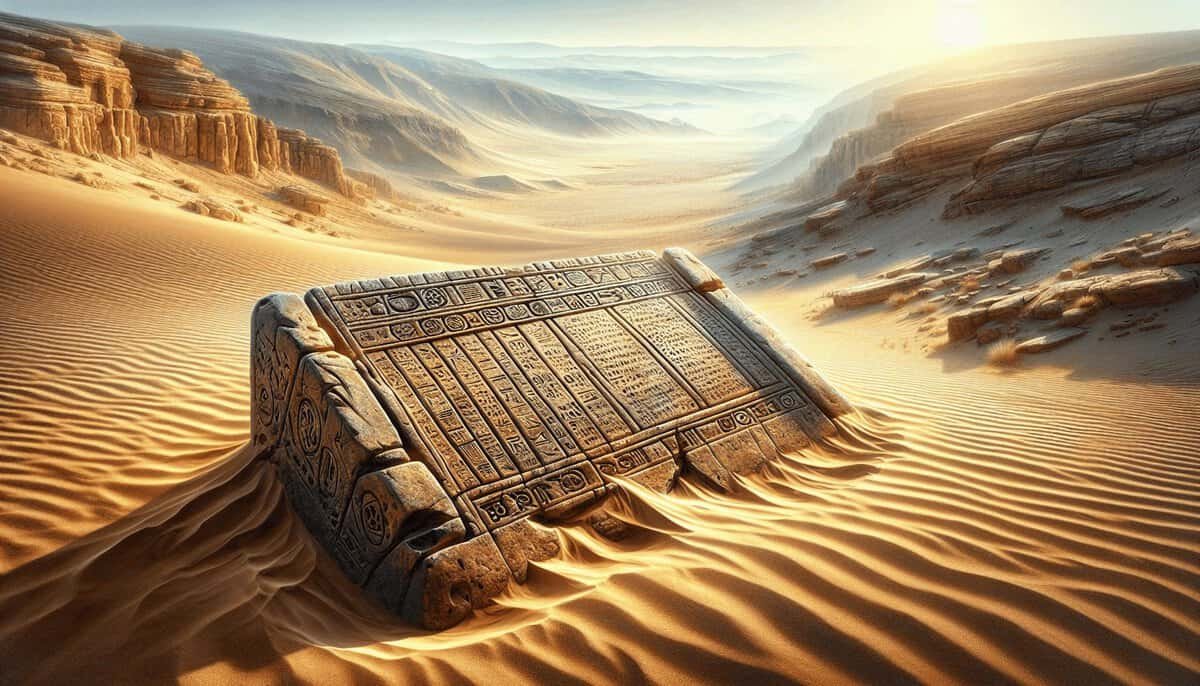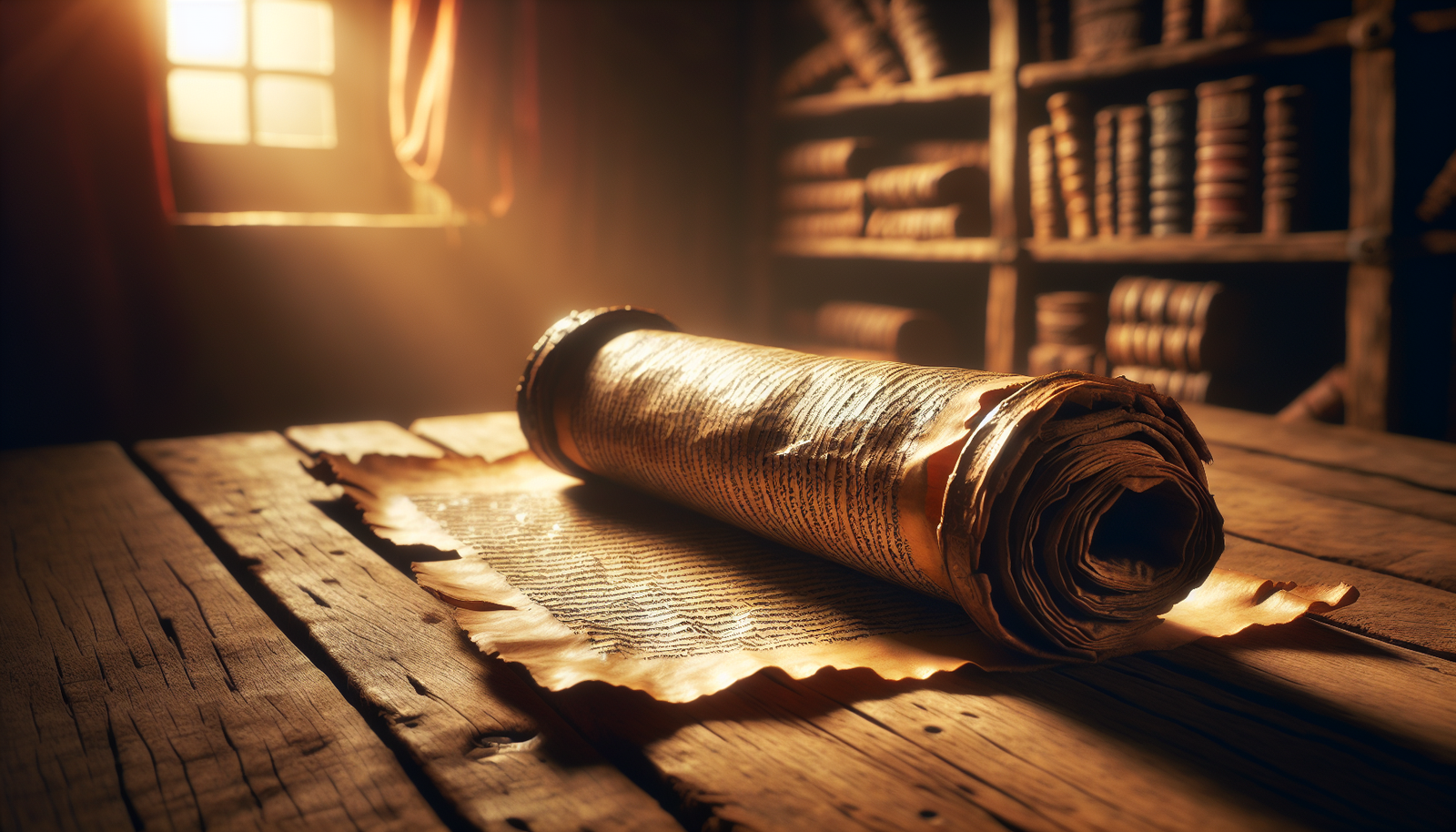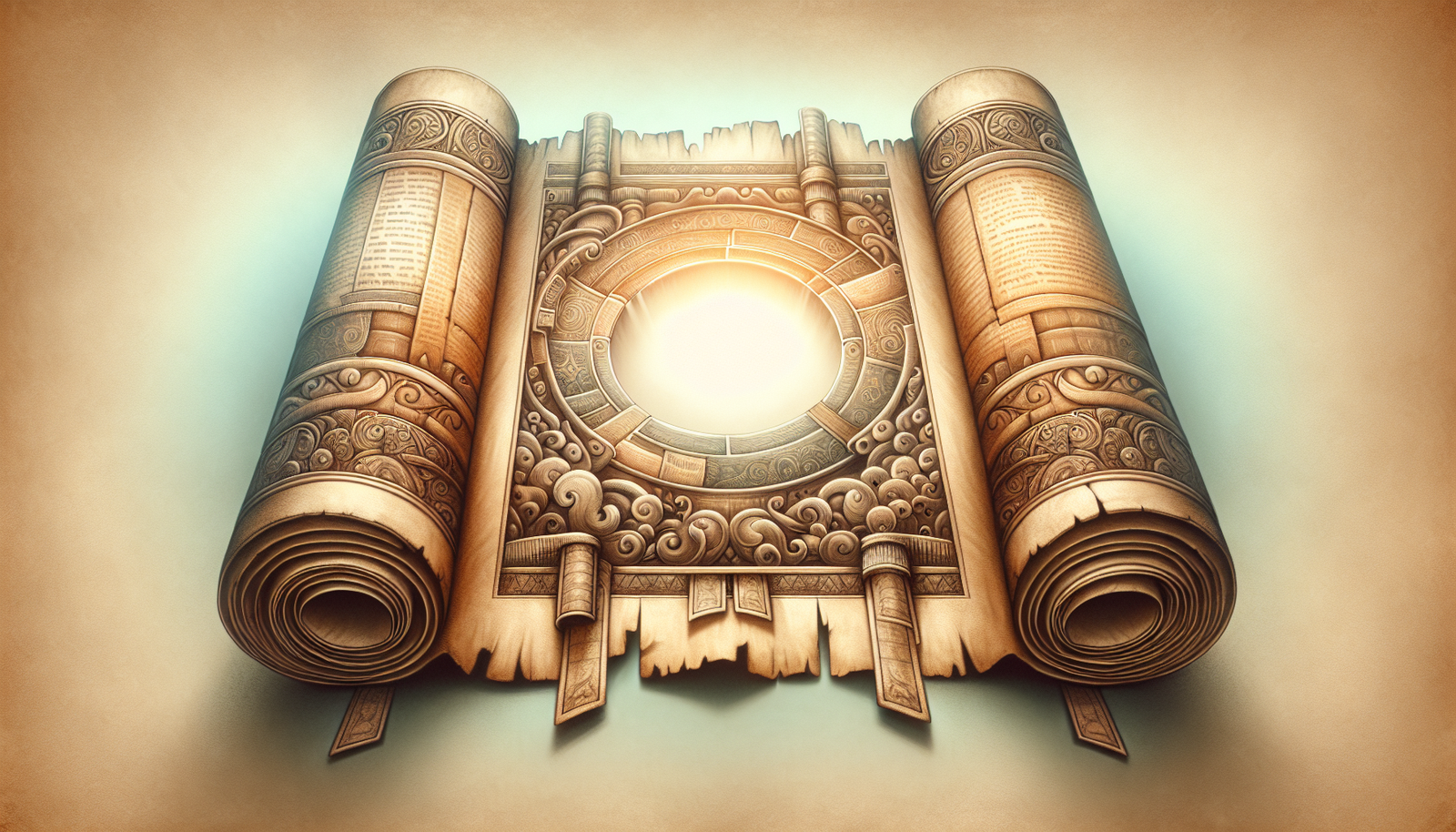What do you know about the Jericho Mound Ledger and its significance in the context of ancient offerings and community?
Uncovering Jericho’s Historical Layers
The Jericho Mound Ledger may sound like a term straight out of biblical lore or an archaeological thriller, but it’s a fascinating piece of history that invites a closer look into ancient practices of offering and community. Jericho, often heralded as one of the world’s oldest continuously inhabited cities, forms the backdrop against which these offerings were made. While the phrase may suggest a mere record or logbook, it embodies a rich tapestry woven with cultural, spiritual, and communal threads.
The Importance of Jericho: A Brief Historical Overview
Jericho isn’t just an ancient city stuck in time. It sits at the crossroads of civilizations, with a history that stretches back thousands of years. It gained fame in biblical texts, specifically in the story of Joshua and the walls that came tumbling down. But beyond the biblical narratives, archaeological findings portray Jericho as a vibrant hub of trade and domestic life.
The Archaeological Significance
The archaeological layers of Jericho reveal its evolution over millennia. Various excavations have uncovered:
- Neolithic remnants: Early dwellings, fortifications, and evidence of agricultural practices show that Jericho was a thriving community long before documented history.
- Hebrew Conquests: The biblical conquest and the notable destruction of the city’s walls lend it a layer of mythos that has fascinated historians and theologians alike.
Archaeologists have discovered artifacts such as pottery, tools, and religious items, all of which inform us about the lives and beliefs of Jericho’s inhabitants over the ages.
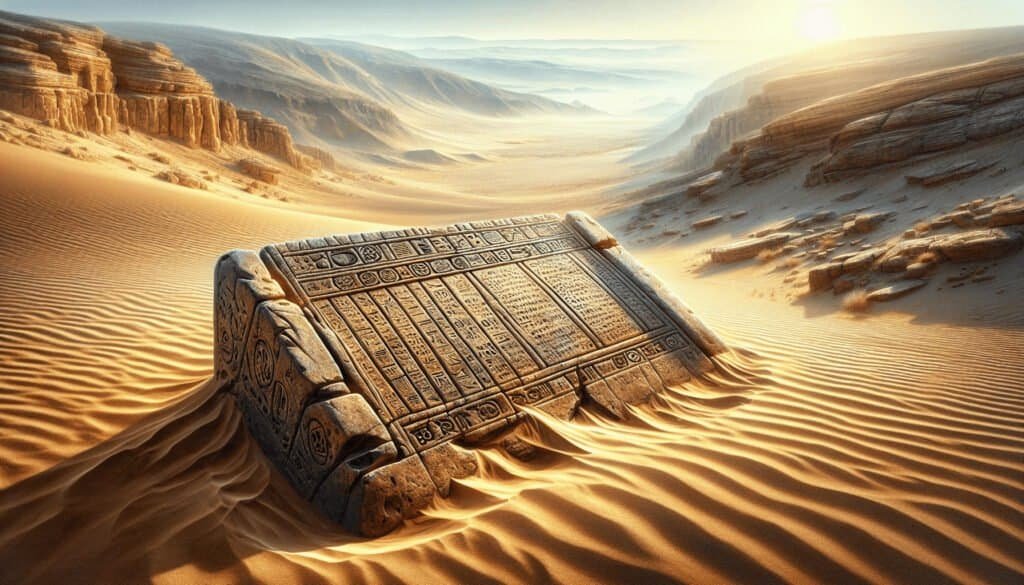
The Jericho Mound Ledger: What Is It?
Imagine for a moment a ledger written not just with ink, but with the lives, relationships, and offerings of people. The Jericho Mound Ledger is just that—a compilation of information reflecting the communal obligations and practices of its society.
Understanding the Term “Ledger”
In historical context, a ledger refers to a record-keeping book used to log important events, transactions, or communal offerings. For the Jericho populace, this ledger was more than mere accounting; it was a reflection of their spiritual lives and their connections to one another and the divine.
The Role of Offerings in Ancient Communities
Offerings were a crucial aspect of life in ancient civilizations, often rooted in the belief that such acts would appease deities or ensure the prosperity of the community. In Jericho, these offerings likely took various forms, including:
- Food and agricultural products: Given Jericho’s agricultural wealth, grains and fruits were common offerings.
- Crafted goods: Pottery, textiles, and other handmade items might have been dedicated to religious practices and as tokens of gratitude.
- Animals: Livestock plays a significant role in many ancient cultures, and sacrificial offerings would have held both religious and economic implications.
Cultural Context: The Desert Fellowship
The term “desert fellowship” may bring to mind arid landscapes and solitary figures. However, in the context of Jericho, it symbolizes a collective connection among people. This fellowship fostered a sense of community, highlighting how individuals came together for worship, support, and shared purpose.
The Significance of Community in Offerings
Offerings can serve as a unifying practice, bringing people together in the name of shared beliefs and traditions. In the arid desert surrounding Jericho, this fellowship would thrive on communal gatherings, rituals, and celebrations. Consider:
- Rituals: These gatherings weren’t merely social; they often centered around offerings made to God or the land, instilling a sense of devotion and collective identity.
- Shared Resources: Offerings could also function as a way to redistribute wealth, ensuring that no one in the community fell into despair. This bolstered solidarity among the people.
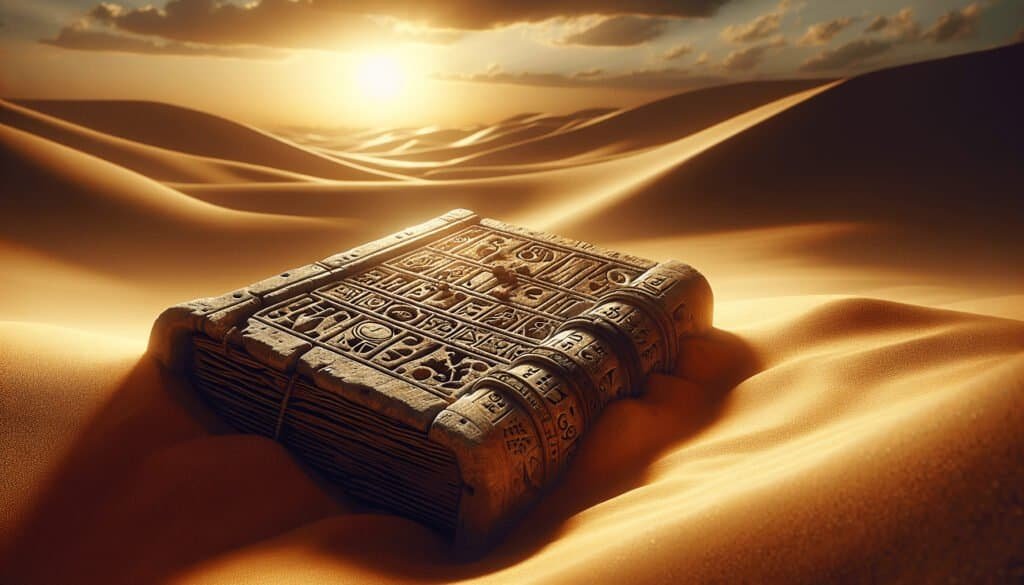
E-E-A-T: Establishing Credibility
When presenting information about ancient civilizations, it’s vital to establish experience, expertise, authority, and trustworthiness (E-E-A-T). In discussing the Jericho Mound Ledger, numerous credible sources provide a solid foundation.
Engaging with Archaeological Findings
Archaeology is crucial for understanding Jericho’s past. Notable excavations, such as those led by Kathleen Kenyon in the mid-20th century, have unearthed significant artifacts and structures. This rigorous research process establishes a robust scholarly backdrop for discussing offerings and communal practices.
Biblical Textual References
The Bible often serves as a historical document, providing insights into the lives of ancient peoples. For instance, the Book of Joshua describes how the Israelites’ conquest of Jericho involved ritualistic offerings and communal celebrations. These textual references can help contextualize the findings from the Jericho Mound Ledger.
Scholarly Voices and Perspectives
Incorporating various scholarly perspectives increases the richness of the conversation. For example, anthropologists, historians, and theologians have examined the intersection of community and ritual offerings throughout history, emphasizing their significance in societal bonding.
Theological Insights: Offerings and Divinity
In the ancient world, offerings played a pivotal role in connecting the human and the divine. For inhabitants of Jericho, this relationship would have taken center stage in their lives.
Offerings as Acts of Worship
Offerings represented devotion and respect toward gods or deities. They were tangible expressions of gratitude, a way to acknowledge divine favor, and sometimes, a plea for assistance.
- Sacrifice as Communication: By presenting offerings, individuals believed they could communicate and interact with their deities. A well-placed offering could balance the scales of fate.
- Ritual Purity: Many offerings came with specific rituals ensuring they were done in a state of ritual purity, enhancing their seriousness and intent.
The Socio-Political Dimensions
In ancient communities, social hierarchies often influenced how offerings were made and received. Some key points include:
- Wealth and Status: Those of higher status might make more lavish offerings, thus solidifying their position within the community.
- Mediators and Priests: Religious leaders often acted as intermediaries, receiving offerings on behalf of the gods and further reinforcing their influence.
Specific Offerings Recorded in the Jericho Mound Ledger
Delving into the offerings themselves, we start to see patterns and preferences emerge, revealing aspects of Jericho’s spiritual and social life.
Types of Offerings
The Jericho Mound Ledger likely reflects a variety of offerings. Below is a breakdown:
| Offering Type | Description |
|---|---|
| Grain Offers | Wheat and barley were fundamental staples, symbolizing sustenance. |
| Livestock | Sheep and goats, often used in sacrificial practices for atonement. |
| Metalwork | Tools and jewelry, indicative of craftsmanship and trade. |
| Personal Artifacts | Items crafted by individuals, highlighting skill and devotion. |
Understanding Contextual Offerings
The purpose behind these offerings can be understood in several ways:
- Seasonal Events: Many offerings corresponded with agricultural cycles or festivals, symbolizing gratitude for the harvest or asking for future blessings.
- Personal Devotion: Individual offerings often reflected personal aspirations or life events, such as births or marriages, serving as both thankfulness and petitions.
Cultural Impact: Offerings and Identity
The ritual of offerings extended beyond mere transactions with the divine; they were also cultural affirmations that shaped communal identity.
Strengthening Social Bonds
Offerings created a framework for social relationships, binding the community through shared practices and experiences:
- Celebration of Festivals: Offerings were central to festive occasions, where the hidden and visible realms intersected. Fellowship during these events enhanced community bonds.
- Collective Responsibility: When offerings were pooled for communal causes, it reinforced social equity. Everyone contributed toward the common good.
Legacy of Offerings in Modern Faiths
The tradition of making offerings isn’t just a relic of the past; it resonates in many contemporary faith traditions:
- Modern Rituals: From donation baskets in churches to food drives for the needy, the essence of offerings remains vital in many spiritual practices.
- Cultural Revivals: Certain communities are returning to their ancestral practices, reclaiming traditions that center on communal offerings.
Conclusion: Bridging Ancient and Modern Perspectives
The journey through the Jericho Mound Ledger demonstrates how offerings serve as interconnected threads weaving together history, culture, and spirituality. These acts of devotion were not isolated incidents but reflections of deeper community values, collective beliefs, and shared experiences that resonate even in today’s context.
A Lasting Impact
Understanding ancient practices, such as those recorded in the Jericho Mound Ledger, invites a broader conversation about identity and belonging today. By examining what offerings meant to those communities, we gain insight into the unchanging human desire for connection, purpose, and worship.
Summary
By peeling back the layers of history, we can appreciate the legacy of Jericho and its ancient peoples. The insights gained from studying the Jericho Mound Ledger and its offerings provide valuable touchstones as we navigate our paths through modern life. Your appreciation for these historical nuances enriches your understanding of human culture and spirituality. The lessons drawn from ancient rituals remain relevant now, reminding you of the importance of fellowship and the beauty inherent in communal sharing.
